Last on our list for the day is a visit to the Japanese Buddhist Temple of Kiyomizu-dera in Kyoto. My memory when approaching the temple is of the lane ways bustling with crowds of people, lined with fascinating little souvenir shops,cafe’s and eateries; the delicate pink petals of cherry blossoms falling on one’s face like a snowflake and carpeting the ground underfoot, beautiful.
Nio-mon Gate – Kiyomizu-dera
Main entrance for Kiyoumizu-dera is through Nio-mon Gate, in vivid colors of vermilion, white and green. Behind this gate lies Sai-mon Gate and a beautiful three-tiered pagoda. The pagoda is the tallest three-storied pagoda in Japan and dates from 1633. Repainted in 1887 the deep rich red colors of the pagoda are typical of Buddhist temples, reflecting the Chinese architectural styles that came to Japan with Buddhism in the 8th century.
UNESCO world Heritage listed site
The Buddhist temple of Kiyomizu-dera is a UNESCO world Heritage listed site in the Eastern Kyoto region of Higashiyama. The temple belongs to the Tendai sect of Japanese Buddhism, and is one of the oldest and most famous temples in the city. The temple originally founded in 798 during the Heian period. The present buildings constructed in 1633 on orders of the reigning Shogun, Tokugawa Iemitsu. The temple built without a single nail, which is pretty interesting, the Chinese Temple of Heaven in Beijing is also constructed without the use of a single nail.
Main Hall of Kiyomizu-dera
Kiyomizu-dera is the temple of the Goddess of Mercy, a symbol of religious belief for more than 1,200 years of Japanese Buddhism. The main hall houses the temple’s most sacred object of worship, a small statue of the eleven faced, thousand armed Kannon. It is a very atmospheric experience walking through the temple, dimly lit within, dark polished timber floors, dark timber rafters overhead, huge round timber columns looming ahead in the darkness, and then, the lovely Shrine below, glimmering golden in the half-light.
The size of the timber beams throughout the construction are pretty impressive, it must have taken a lot of manpower, skill and ingenuity. The main-hall has a large veranda or stage, jutting out over the hillside with massive timber supports beneath.
In the Edo period pilgrims would jump off the stage of Kiyomizu-dera in the belief that ‘one wish’ would be granted if they survived. It became a traditional expression to “jump off the stage at Kiyomizu” which is probable the equal to the English expression to “take the plunge”. It is quite a fall, 13 meters, however soft thick vegetation below could help break the fall and save the life of a jumper. During the Edo Period, of 234 jumps recorded 85% survived. It doesn’t say what condition the survivors were in? The practice is now prohibited for obvious reasons.
It is a must to visit the temple and veranda for the impressive views over the city and river of cherry blossoms below in the valley. When you walk down the steps to ground level below the veranda, you will see the amazing timber structure supporting it (all put together without a single nail).
‘Kiyo mizu’ means pure water
The temple name ‘Kiyo mizu’ means pure water and is taken from a waterfall within the complex. The waterfall, Otowa-no-taki runs off the nearby hillside beneath the main hall, where the three channels of water drop into a pond. Visitors to the temple collect the water from the waterfall in metal cups on a long slender stick. The cups sanitized in UV trays after each use. Commemorative plastic cups are also available.
It is believed the water has therapeutic properties and drinking the water confers wisdom, health and longevity. Some Japanese believe however, that it is greedy to drink from all three channels and may bring bad luck!
Ksitigarbha or Jizo Shrine
There are many shrines in the temple grounds. The Shrine above has many statuettes of Ksitigarbha or Jizo. Traditionally in Buddhist beliefs, Jizo is the guardian of children, particularly children who died before their parents. The colored bibs placed there as offerings by grieving parents to help and protect their lost loved ones.
Jishu Jinga – Shinto and Buddhism
In the grounds of Kiyomizu-dera, one of the most popular shrines – Jishu Jinga a Shinto Shrine. So many women here, kneeling before this shrine. Why you ask? This shrine is dedicated to the ‘God of Love’ and ‘good matches’. The Jishu shrine also has a pair of “love stones” placed 18 meters apart, which lonely visitors attempt to walk between with their eyes closed. If you reach the other stone with your eyes still closed, the belief is that you will find love. The Jishu Jinga shrine has a stone Torii at the entrance and lies in the middle of the temple grounds. This was not unusual in Japan until the Meiji restoration of 1868. After the restoration, the government of the day separated Shinto and Buddhism, often by destroying and/or relocating structures. The Shinto, Jishu Shrine was spared and remained in place. Perhaps it was its popularity with women then, and the “love stones” that saved it from removal or destruction
When you reach the bottom of the stairs, look back up towards to the veranda and see the supporting wooden structure. At ground level lies a pond covered in pink petals and reflections from the cherry blossoms trees. beautiful.The scenery in Japan during Cherry Blossom time is so picturesque, like illustrations from a fairy tale book or scenes from a Walt Disney movie, quite magical.
Further down we spotted two young “Maiko” women, apprentice Geisha, having their photo’s taken with schoolgirls visiting the Buddhist temple. Standing quietly against the hedged fence,a black-robed beggar monk.
Take city bus numbers 100 or 206 to Kiyomizu-michi or Gojozaka, then 10 min walk up a steep incline.
Temple Hours: 6:00 a.m. – 6.00 p.m.
Fee: Adults 300 yen
This is the last day of our original tour with JTB Sunrise Tours from Tokyo. My sister and I had decided to add an extra day to visit Himeji Castle (White Heron Castle) in Himeji city. We booked another night in Kyoto and next morning traveled by Shinkansen fast train to Himeji city, cost about 15 EUR or 25 USD, takes about one and half hours.Trains run regularly.
Related Posts:
- s ensoji-Asakusa Kannon Temple
- T he Kabuki Theatre
- Half Day Tokyo Tour
- Tokyo Japan travel to Nikko
- Toshogu Shrine Japan
- Nikko-Lake chuzenji & Kegon Waterfall|Tokyo-Japan-travel
- Mt-fuji-lake-ashi-komagatake-ropeway-japan
- What is an Irori,what is a jizai kagi Takayama gifu province Japan
- Takayama festival floats-matsuri festivals-gifu province japan
- Two headed monster-Sakurayama Hachimangu Shrine-Takayama-Gifu Province
- Hida hotel-Plaza | Farmers Market Takayama Japan
- Sugidama Sake breweries – traditional shops Takayama Japan
- 450 year old cherry blossom trees scenic Miboro dam Takayama
- The old Toyama family farmhouse Shirakawa-go
- Ancient a-frame Gassho-zukuri homes – villages of Shirakawa-go
- Doburoku matsuri festival Gokayama-washi Shirakawago villages
- Kanazawa railway station east plaza city center
- Kanazawa shrine Kanazawa – marsh of gold
- Perfect landscaping Kenrokuen GardenPark Kanazawa
- Spectacular cherry blossom trees Kanazawa castle park Japan
- Samurai-Nagamach Samurai District-Kanazawa a green city
- Beautiful geisha tea house of the geisha ochaya shima
- Paradise of gold for an artisan Kanazawa
- Nijo Castle Ninomaru Palace and gardens
- Golden Pavilion Kinkaku Ju Kyoto
- Kyoto Imperial Palace Kyoto
- Kyoto Heian shrine-heavenly weeping cherry blossom trees
- Sanjusangen-do-temple-1001-golden-statues Kyoto
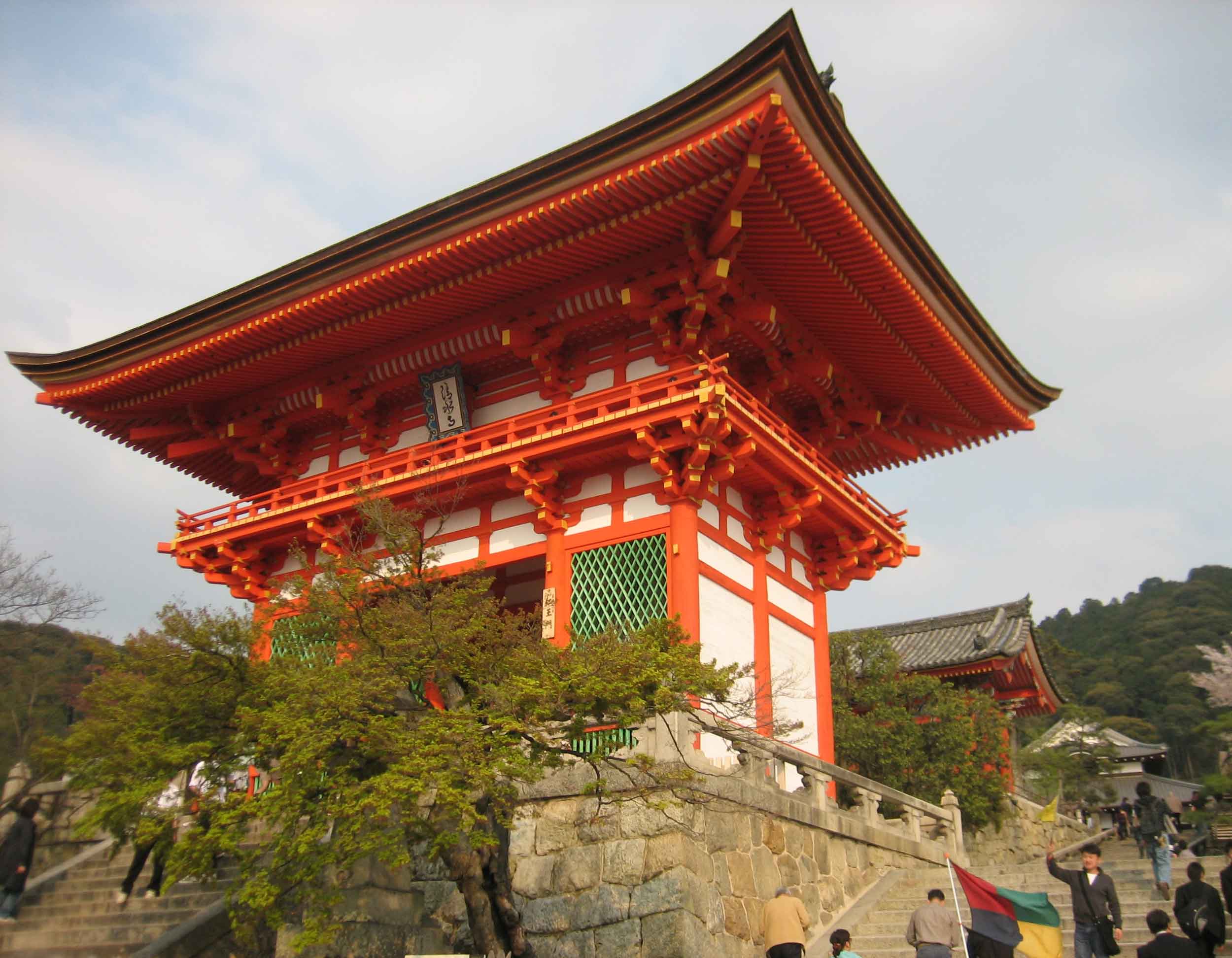
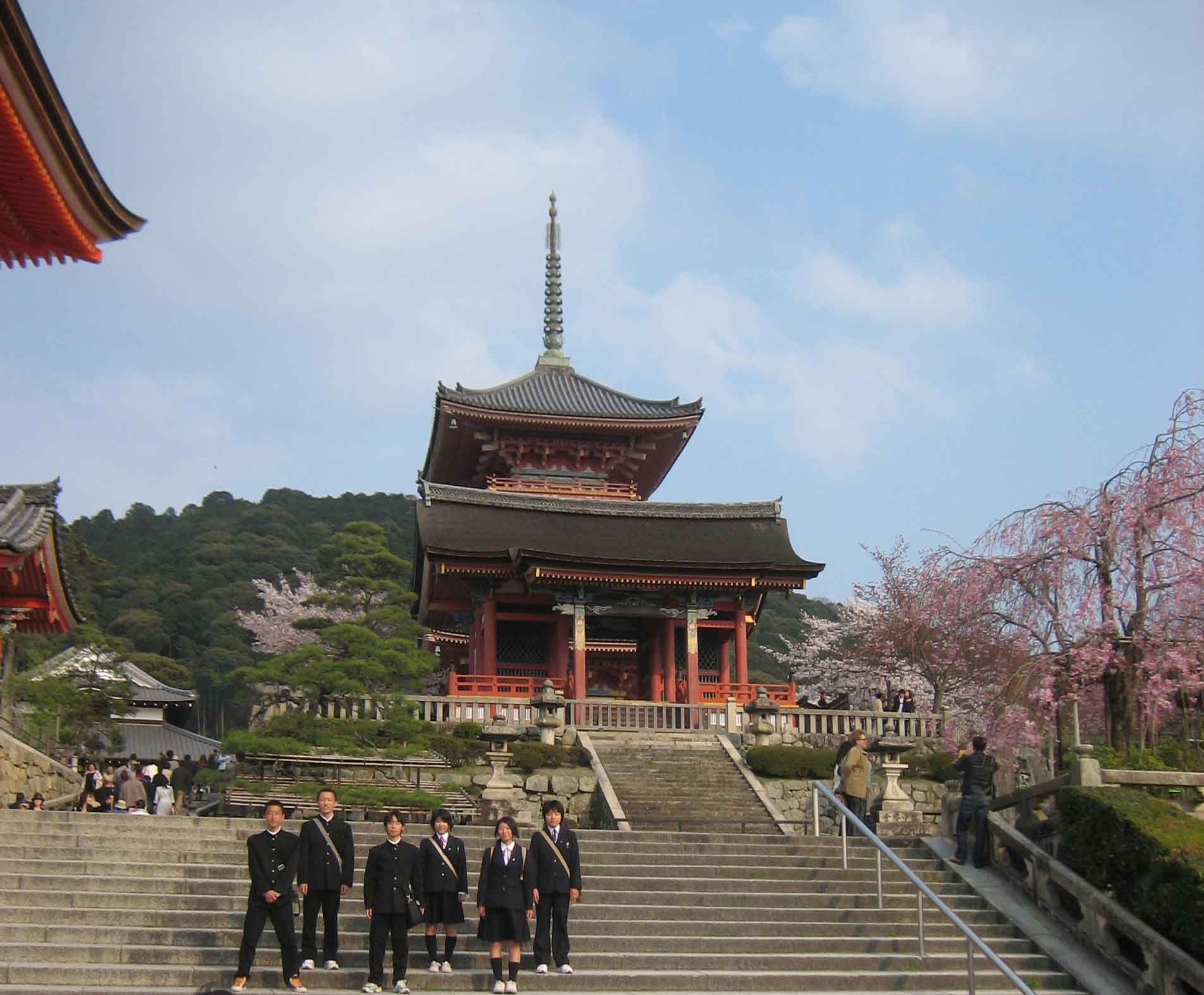
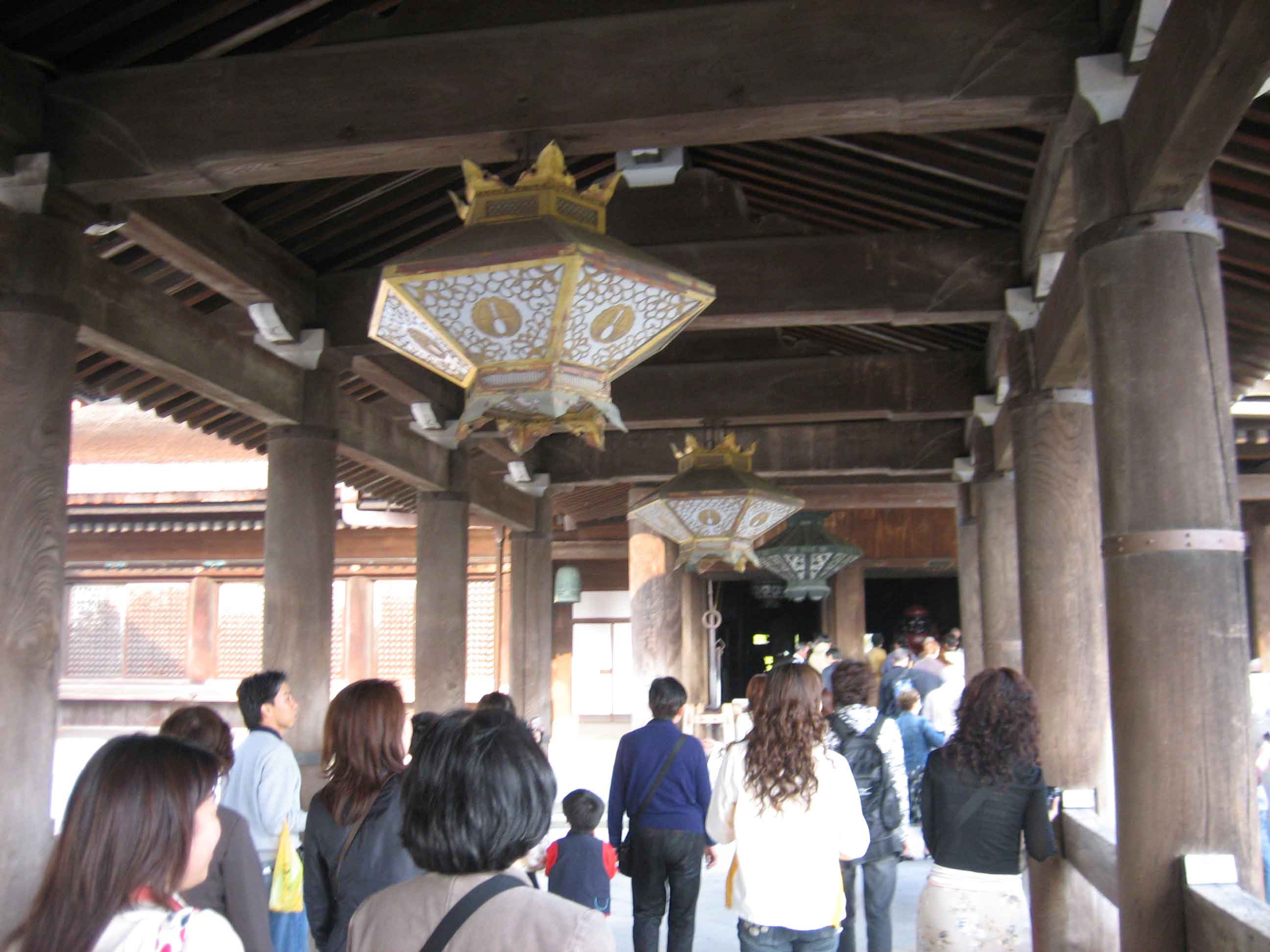
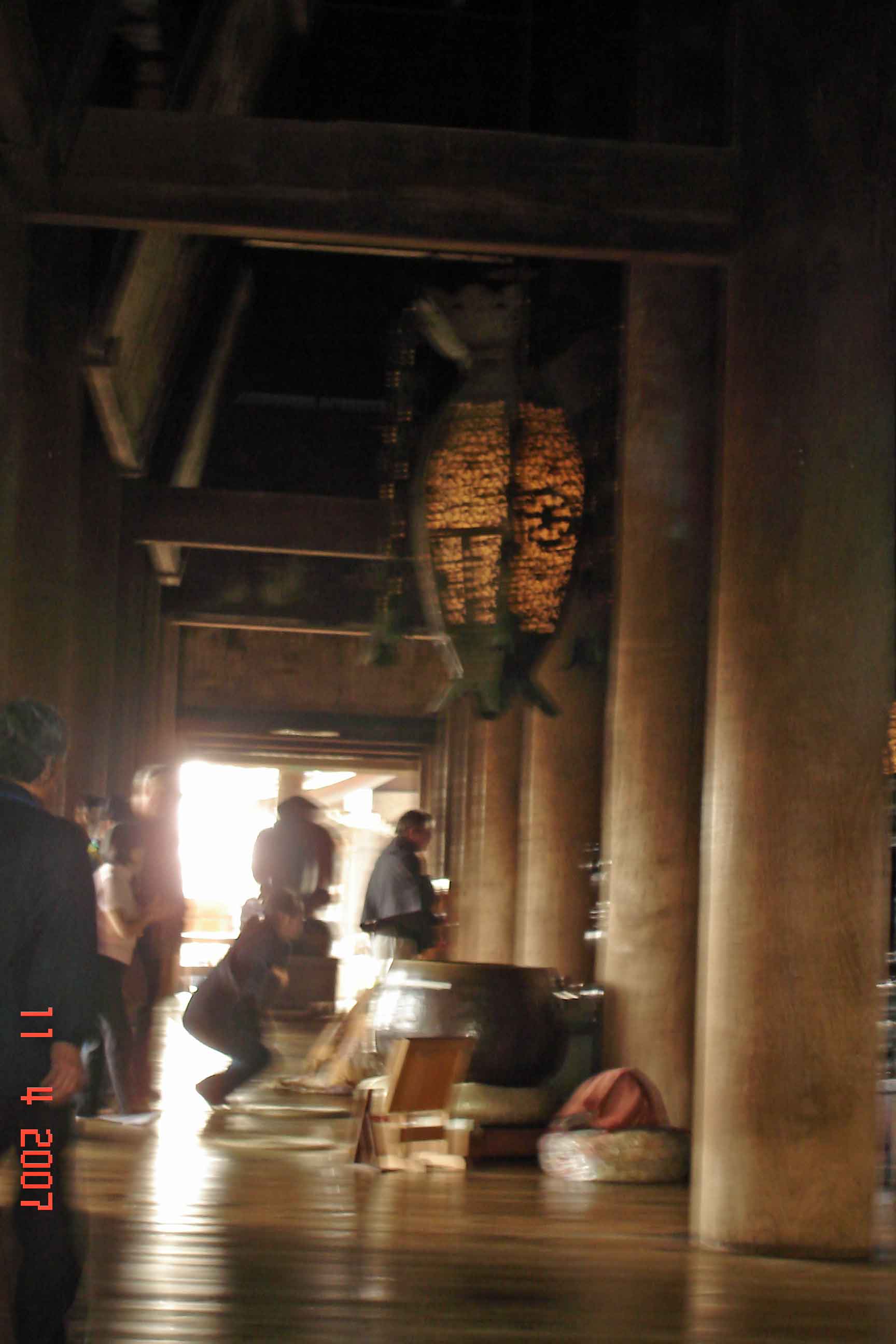
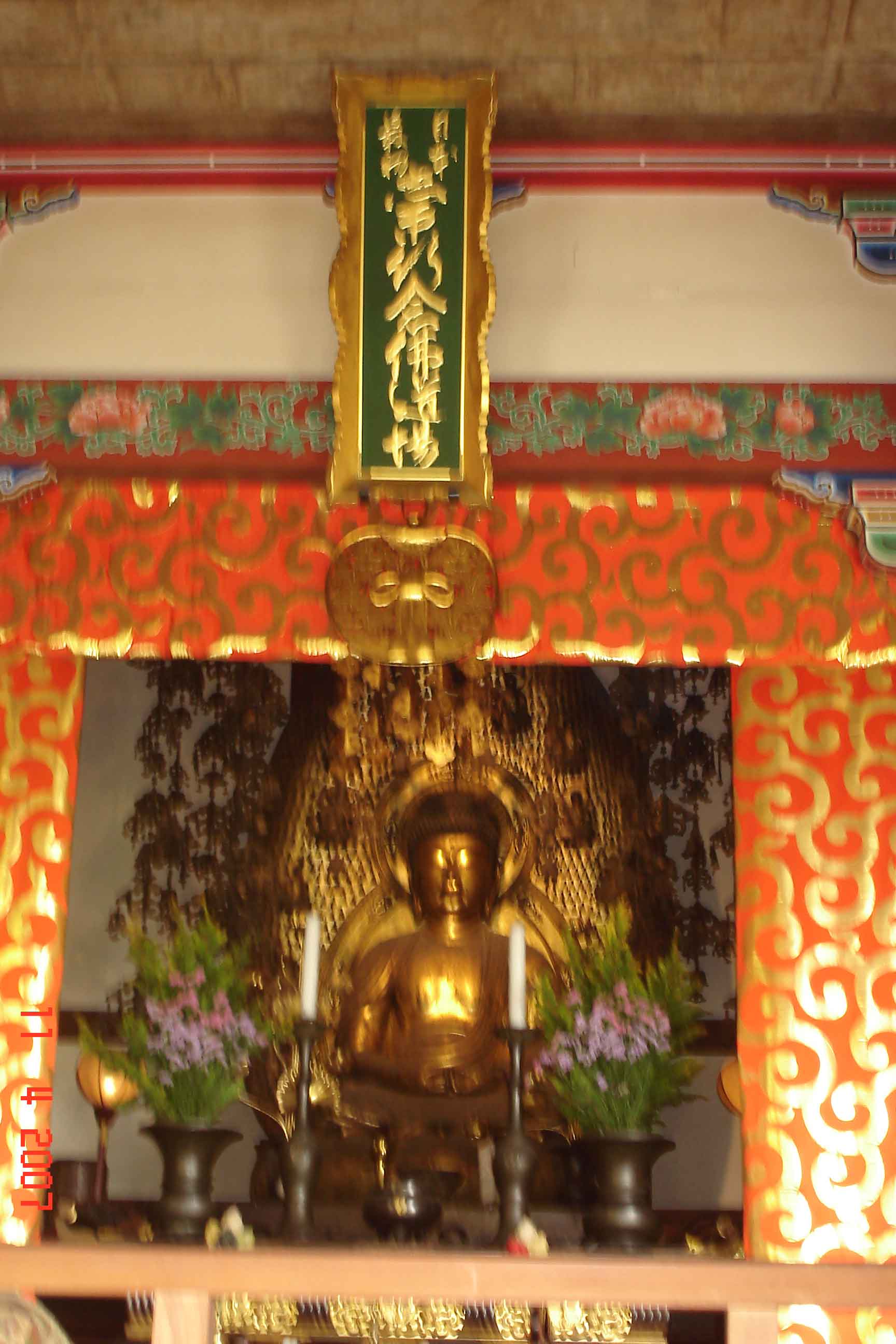
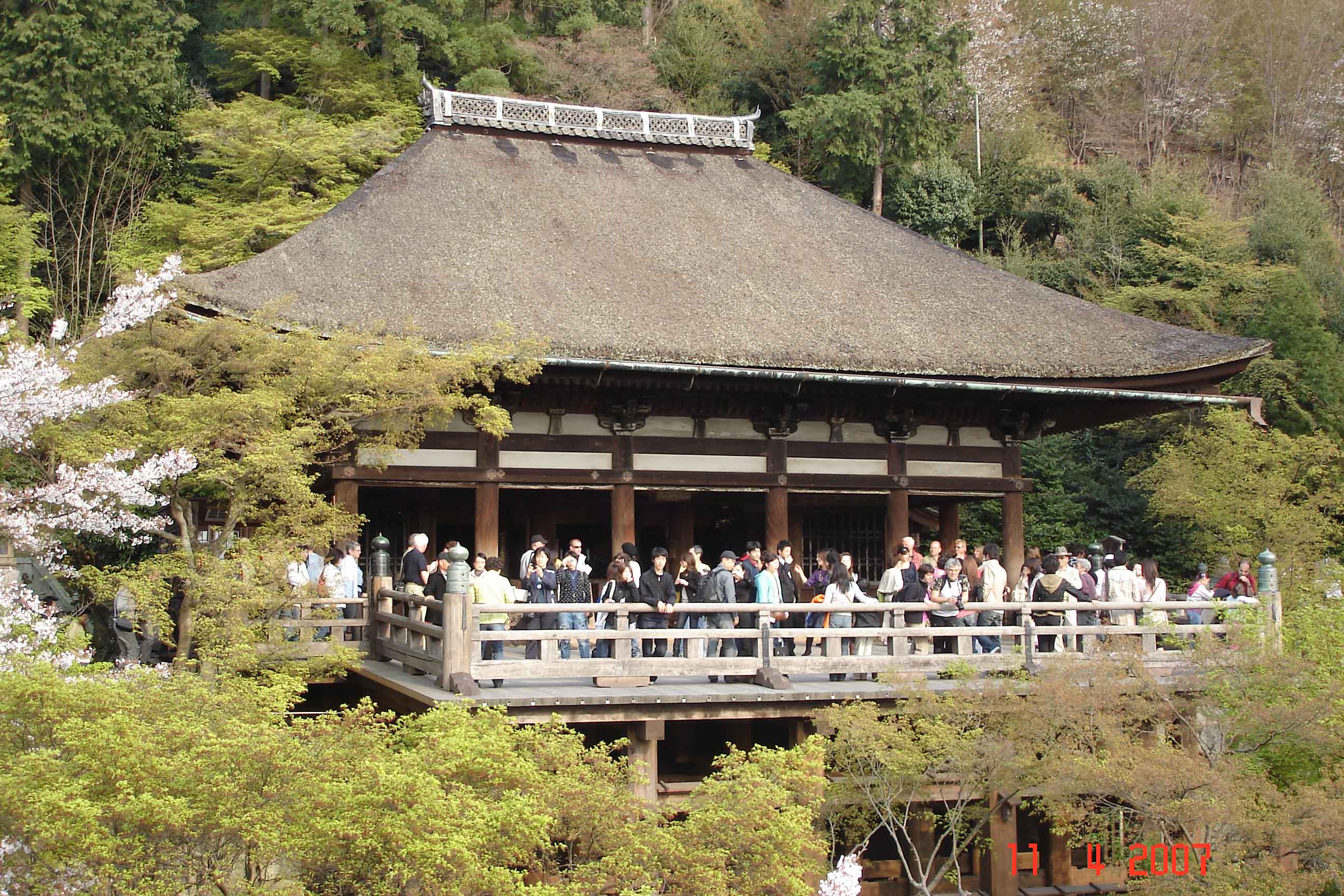
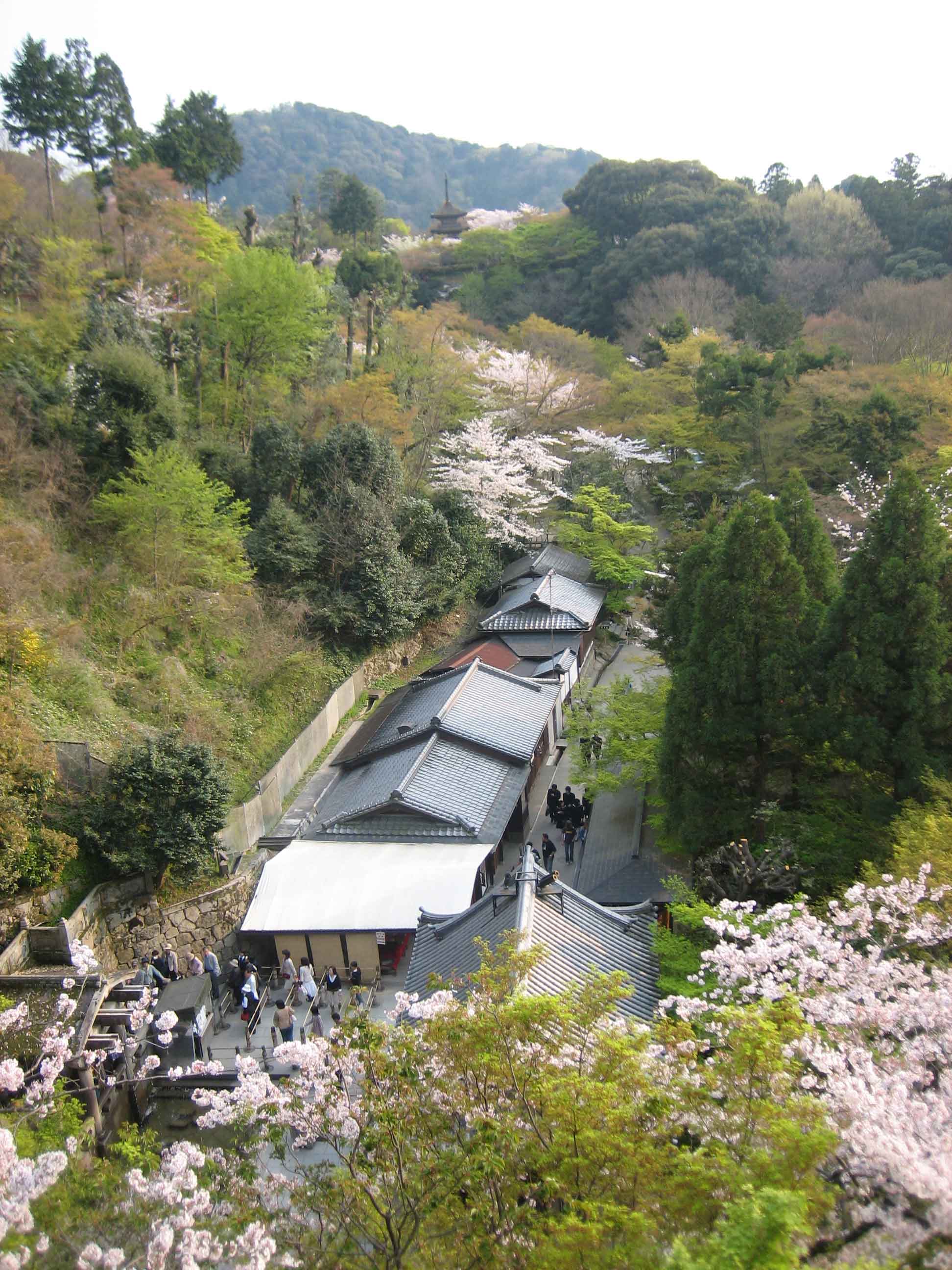
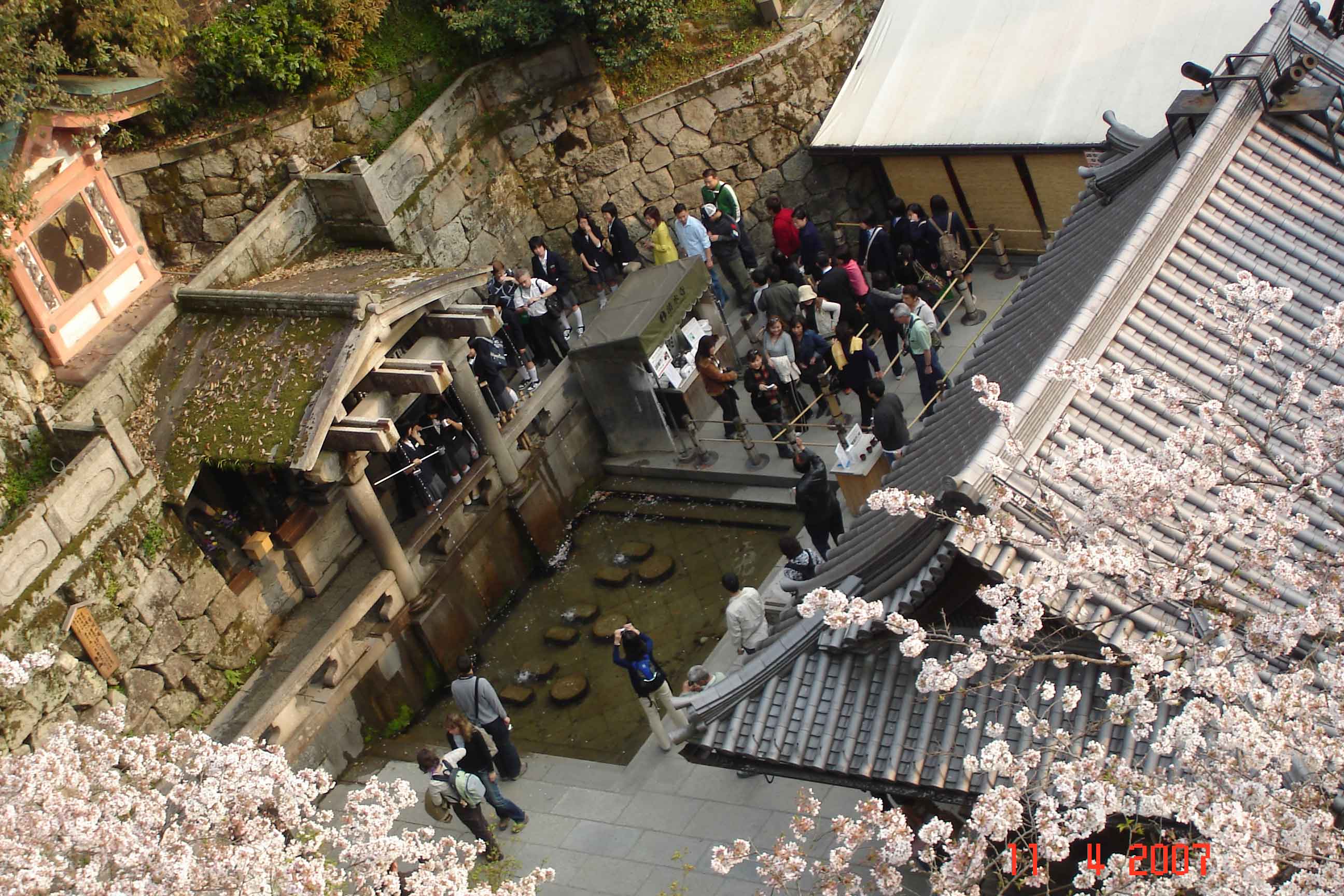
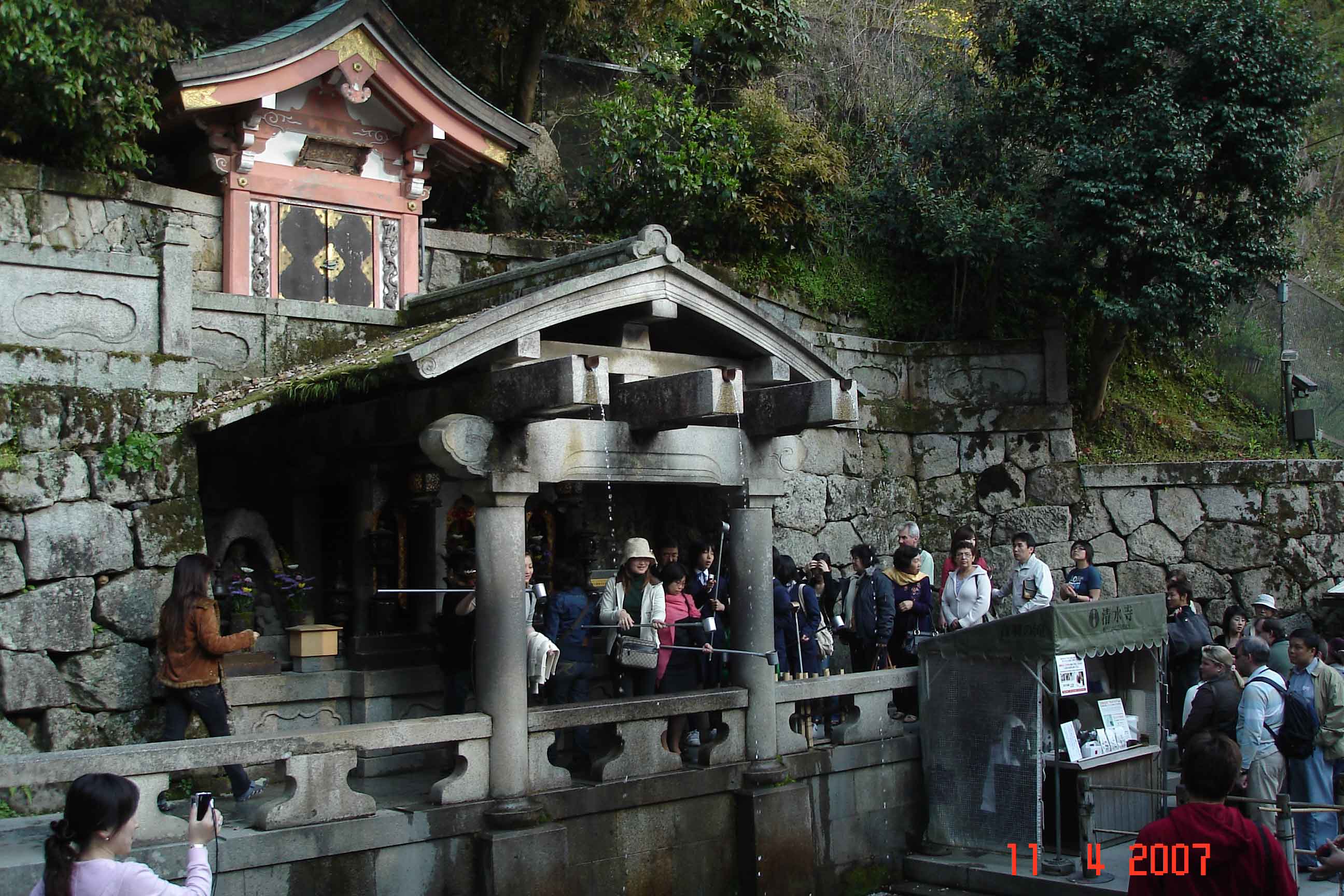
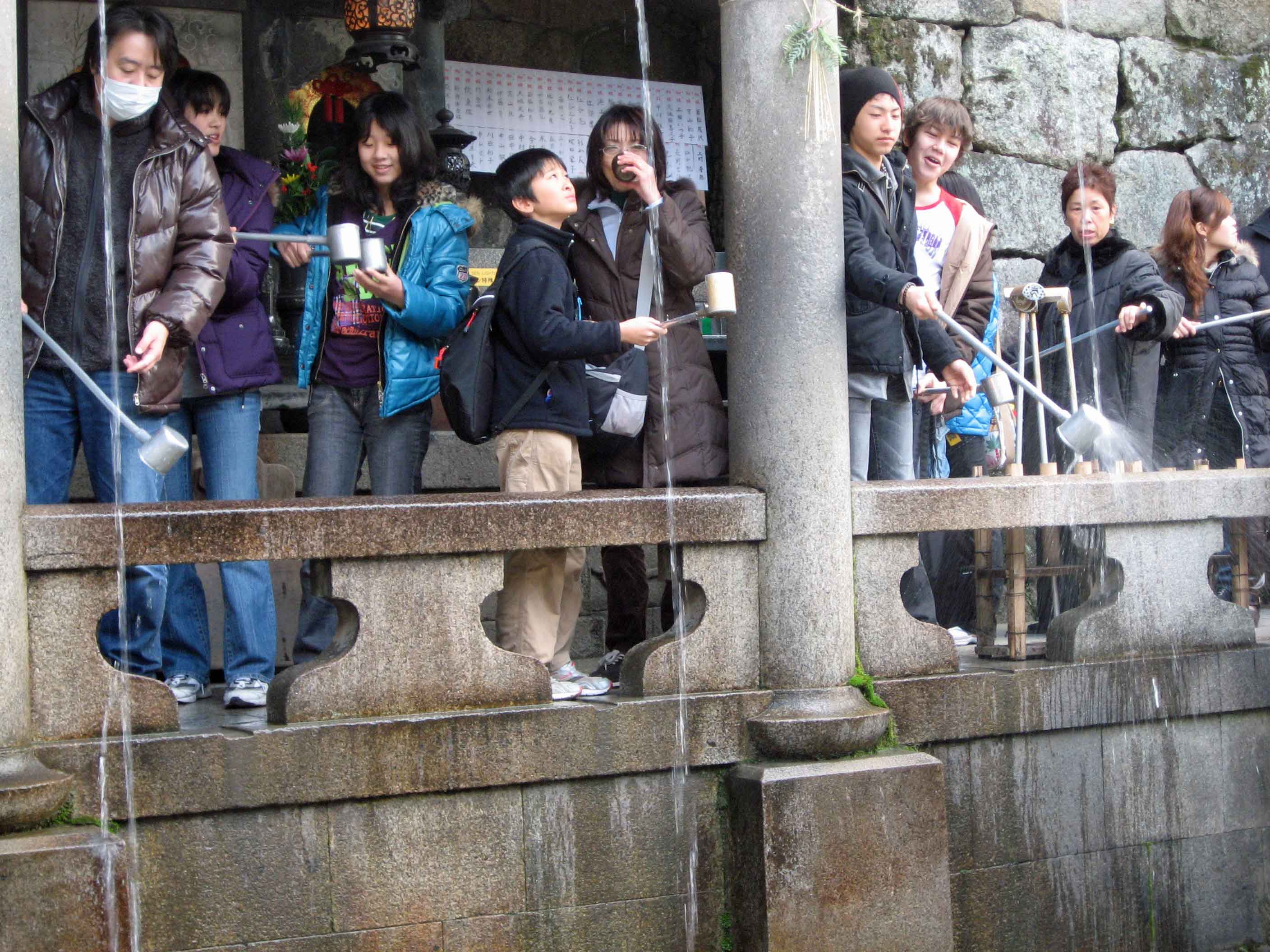
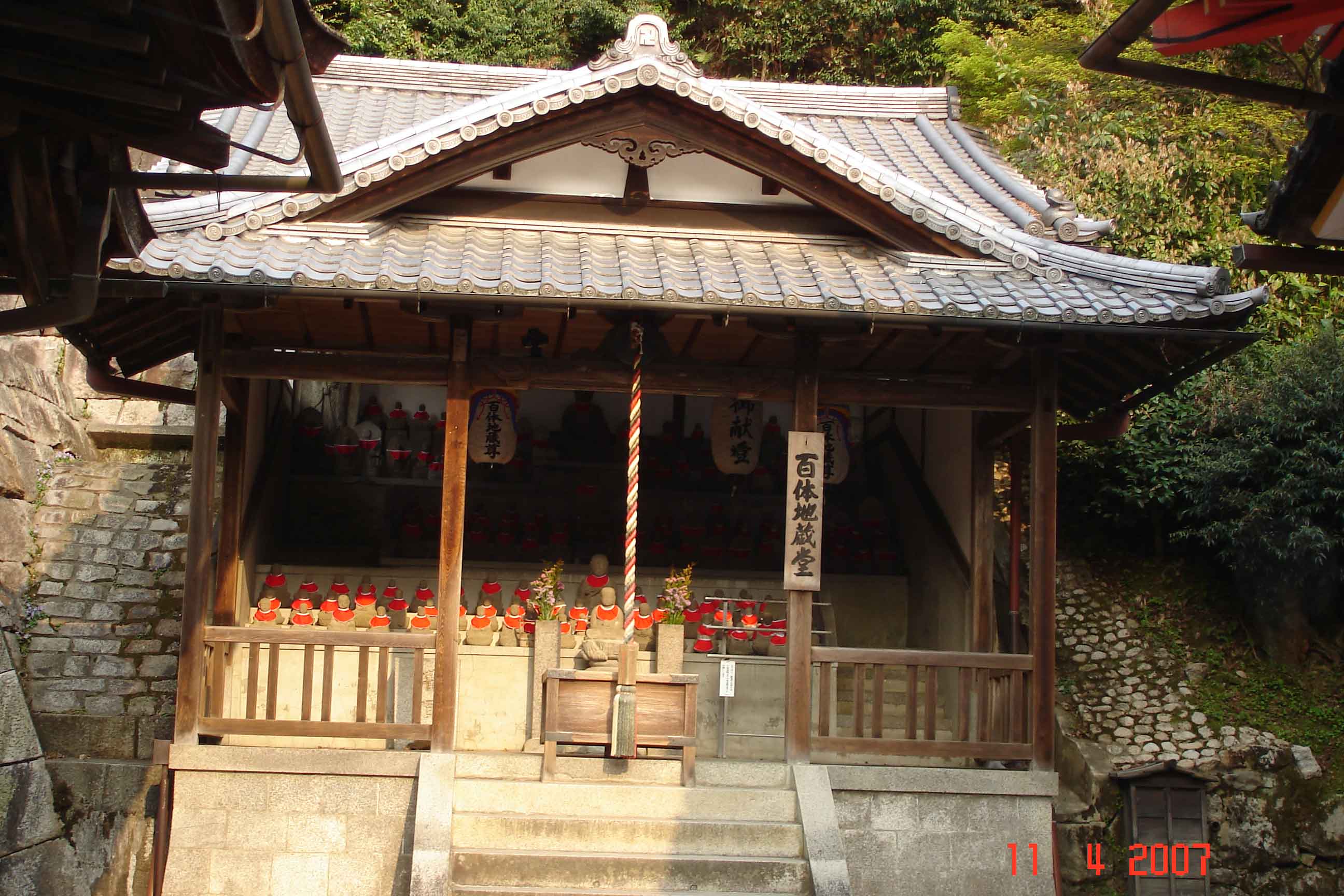
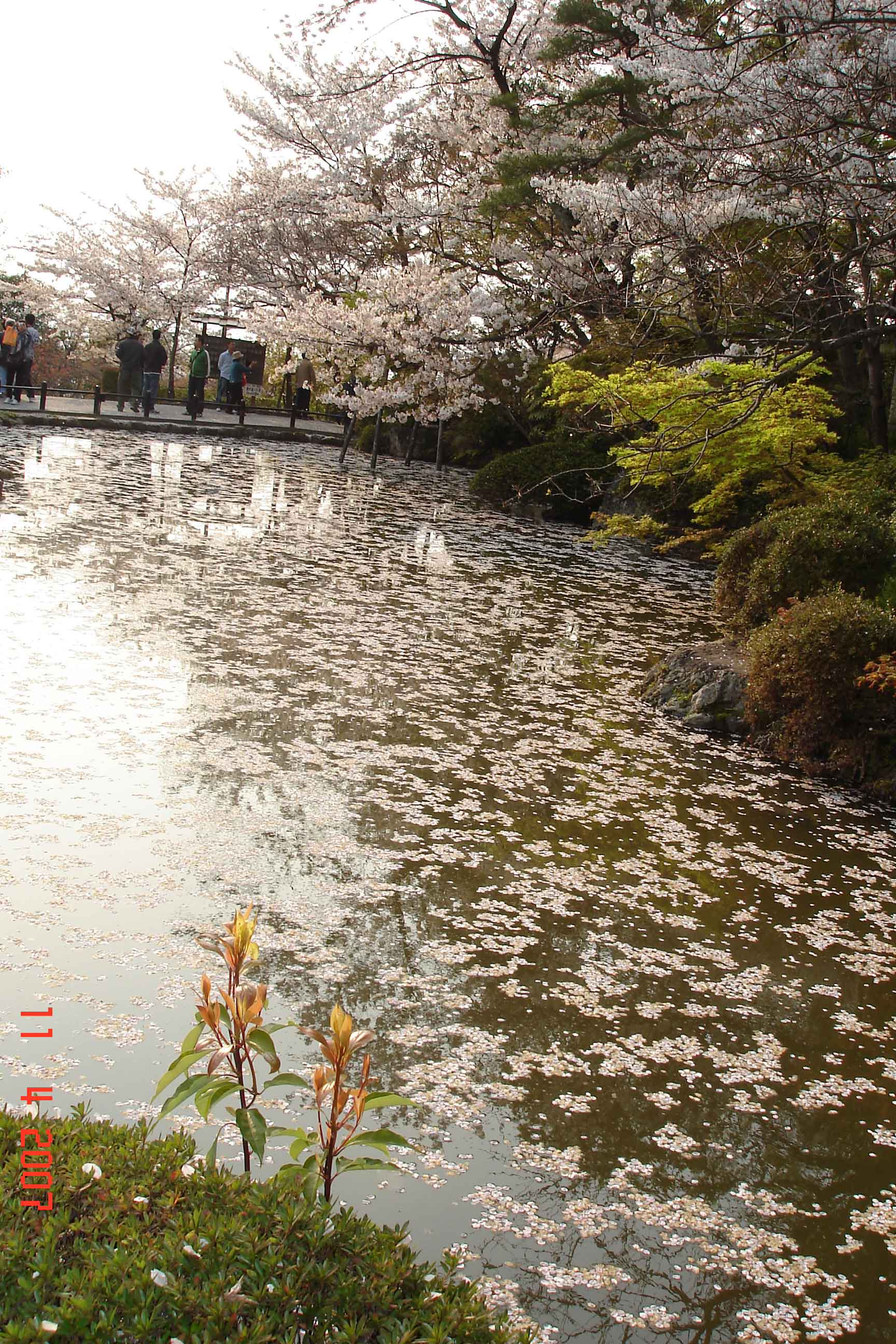
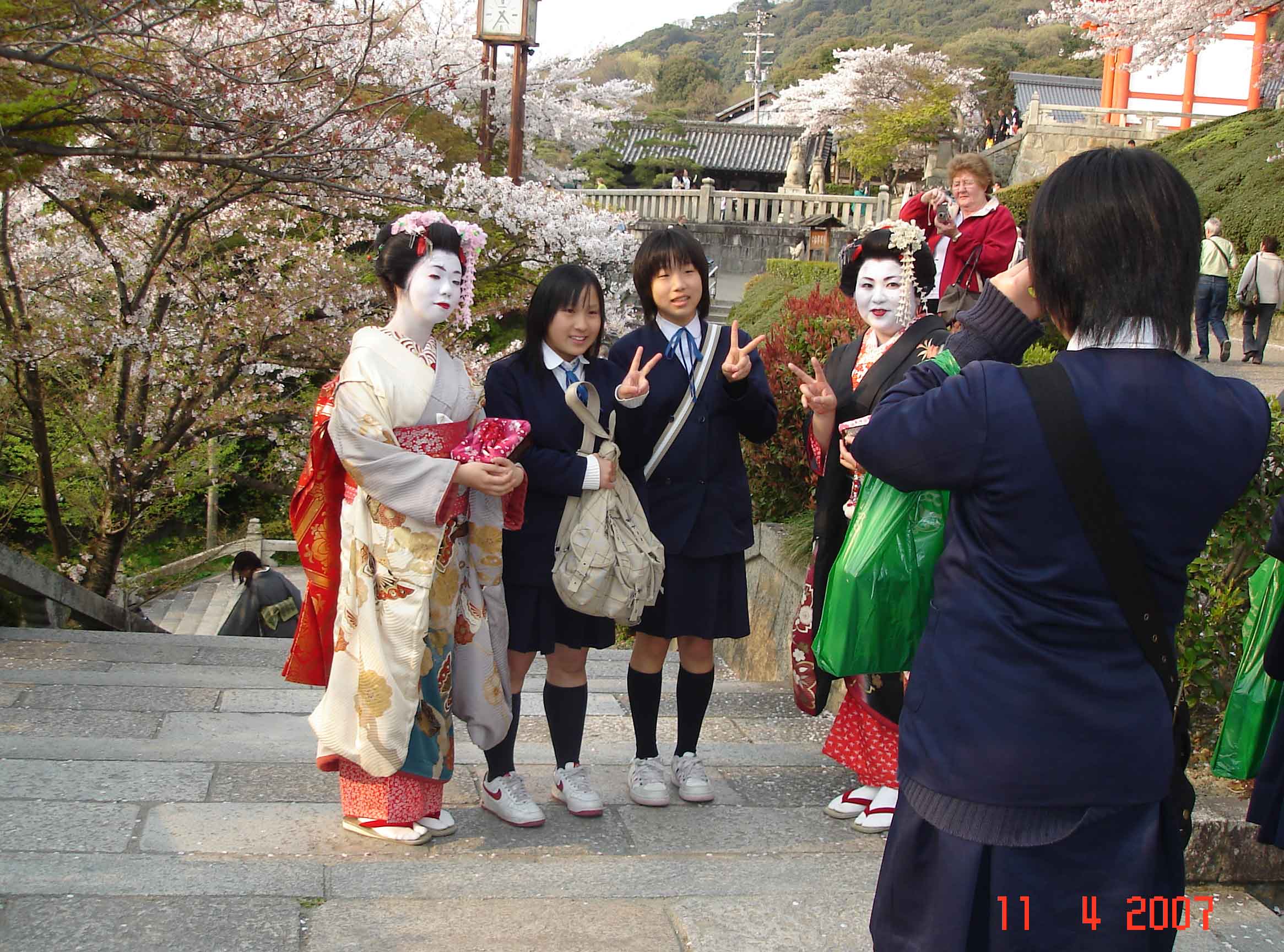
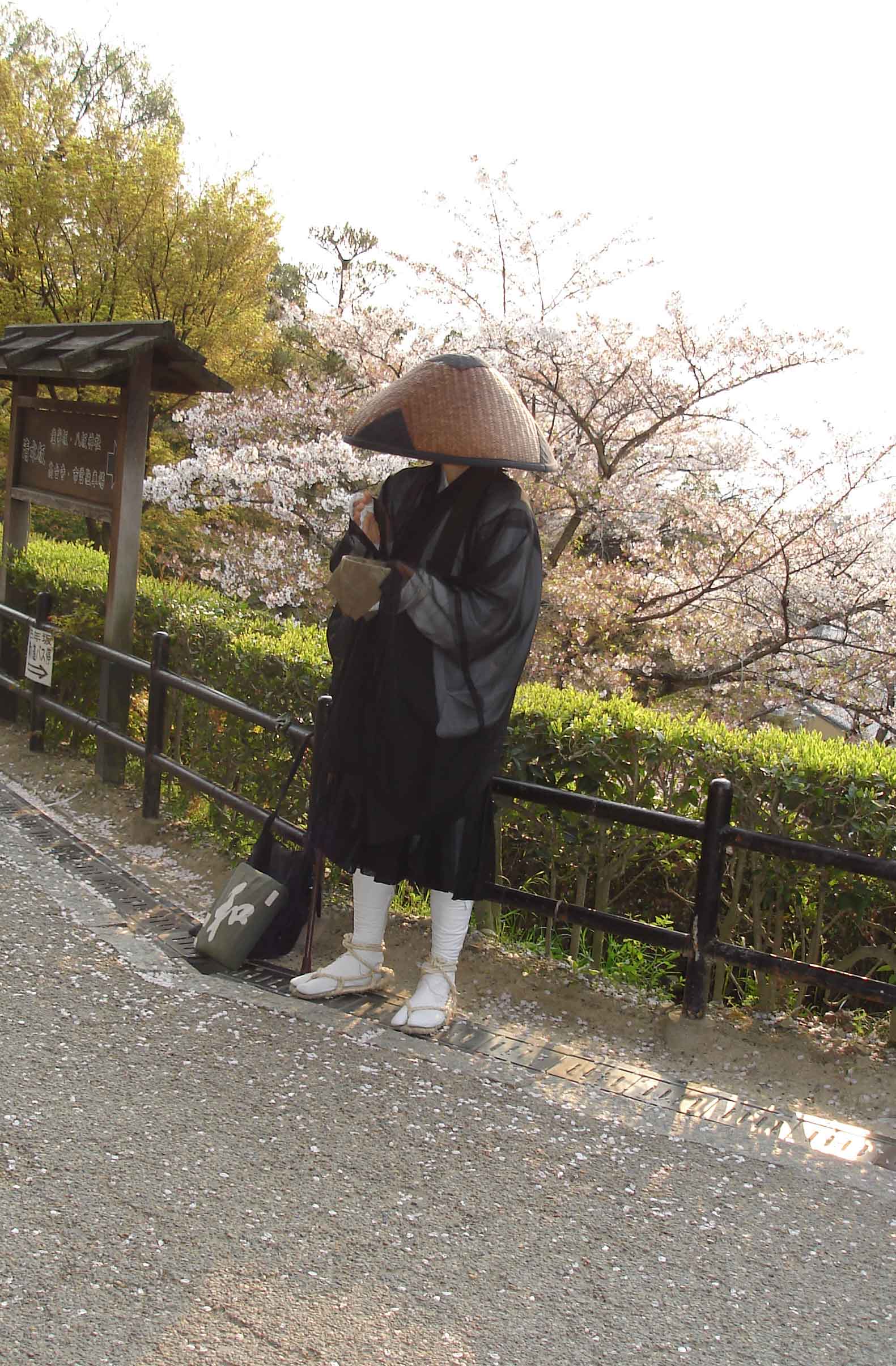
Speak Your Mind